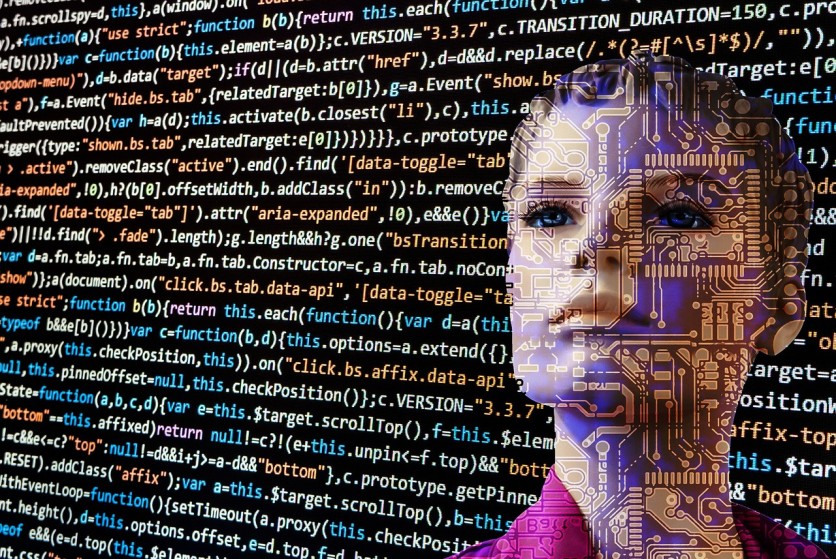In our ever-connected world, the rise of sophisticated AI-generated images has led to growing concerns over the ability to discern truth from fiction. To address this, a new wave of companies has emerged, offering services to detect AI-generated content and separate it from genuine human-produced images.
While these AI detection tools have made notable strides, there are challenges to overcome in keeping pace with the rapid advancements in AI technology.
Is an AI Detection Tool Always Effective?

To gauge the effectiveness of current AI detection technology, The New York Times recently conducted an extensive test, utilizing over 100 synthetic images and real photos. The results revealed that while these services are progressing rapidly, there are still instances where they fall short.
The AI image detectors, including both paid options like Sensity and free alternatives such as Umm-maybe's A.I. Art Detectors, primarily rely on complex algorithms that analyze image content for distinctive markers indicative of AI-generated images.
These markers include subtle patterns in pixel arrangements, sharpness, and contrast, commonly generated when AI programs create images.
However, a notable drawback is that these detectors cannot often consider contextual clues. For instance, they may fail to recognize the unlikeliness of a photograph depicting billionaire entrepreneur Elon Musk embracing a lifelike robot. The absence of contextual analysis poses a significant limitation when relying solely on AI technology to identify fakes.
AI Detection Should Be Further Improved
Acknowledging the imperfections of their tools, several companies involved in AI detection, such as Sensity, Hive, and Inholo, have admitted to ongoing improvements to keep up with the latest developments in AI image generation.
Furthermore, they also highlighted that misclassifications may occur, particularly when analyzing lower-quality or altered images. However, companies like Umm-maybe and Optic did not provide comments on the test results.
How do AI Detection Tools Affect Artists?
One notable challenge faced by current AI detectors is distinguishing images that have been altered or are of low quality. When AI generators, like Midjourney, create photorealistic artwork, each pixel contains valuable information about its origin.
Yet, if an image is distorted, resized, or its resolution reduced, these digital signals are lost, making it more difficult for detectors to accurately classify them. Higher-resolution versions of altered images have shown better detection results, reinforcing the importance of image quality.
Misidentification poses risks not only to users but also to artists who may be falsely accused of using AI tools to create their artwork. Sensity demonstrated the ability to correctly label most AI-generated images, but it also mistakenly classified several real photographs as AI-generated.
This potential for mislabeling genuine images raises concerns about accurately attributing artistic work and avoiding false accusations.
As per Chenhao Tan, an AI expert from the University of Chicago who specializes in computer science, AI detection technology remains less convincing.
"In general, I don't think they're great, and I'm not optimistic that they will be. In the short term, it is possible that they will be able to perform with some accuracy, but in the long run, anything special a human does with images, A.I. will be able to re-create as well, and it will be very difficult to distinguish the difference," Tan said.
Meanwhile, Finance Magnates listed the role and advantages of AI in fraud detection.

![Apple Watch Series 10 [GPS 42mm]](https://d.techtimes.com/en/full/453899/apple-watch-series-10-gps-42mm.jpg?w=184&h=103&f=9fb3c2ea2db928c663d1d2eadbcb3e52)



